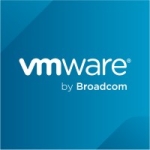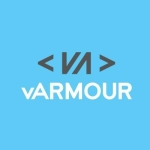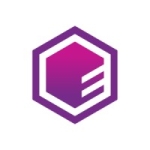What is our primary use case?
My company suggests Trend Micro Deep Security to our clients for server maintenance, and the customers can move a lot of servers in their environment with lesser hiccups. Our client uses around 10,000 servers, so we suggested they use Trend Micro Deep Security, a server support-based tool. Apex One and Apex Central are designed for laptops and desktops.
What is most valuable?
The most valuable features of the solution we have enabled in our organization are its anti-malware capabilities, applications, web reputation, and integrity monitoring.
What needs improvement?
Our company hasn't received any feedback or suggestions from our clients on Trend Micro Deep Security because it has been working fine. In Apex One and Apex Central, the new versions usually pose issues to their users after updating the tools. There haven't been any critical issues with the solution in the last few months.
A minor issue in Trend Micro Deep Security is that once the tool is upgraded, it shows some machines as offline or not reported while showing a recent update as outdated. The tool has some server connection issues. We have raised the concerns from our end with Trend Micro Deep Security to resolve them.
The real-time server is stopped, and it shows offline whenever we check our console.
I would like to see the tool add EDR features in the future.
For how long have I used the solution?
I have been using Trend Micro Deep Security for the last five years. I am using Trend Micro Deep Security Version 20. My organization functions as partner support for Trend Micro Deep Security.
What do I think about the stability of the solution?
It is a highly stable solution. Stability-wise, I rate the solution a ten out of ten.
What do I think about the scalability of the solution?
Scalability depends on whether Trend Micro Deep Security's dashboard shows its users with options like critical, medium, or low.
It is a good scalable tool, especially Trend Micro Deep Security Version 20, compared to its previous versions like Trend Micro Deep Security Version 10 or 12.
Scalability-wise, I rate the solution a ten out of ten.
Around 1,15,000 users are there for the solution. Mostly, my clients are large to medium-sized businesses.
How are customer service and support?
The solution's technical support quickly responds when you raise a ticket. I rate the technical support a nine out of ten.
How would you rate customer service and support?
How was the initial setup?
The initial setup for Trend Micro Deep Security Version 20 was comfortable for me.
The solution is deployed on-premises.
Our company has multiple customers. Some customers have on-boarded the tool on-premises, while others have opted for SaaS models. With the SaaS deployment model, it takes only 20 to 30 mins to complete the setup phase if the license is already activated. For new users of the tool, once the license is activated, it initially needs some build-up for the entire deployment of the tool on the SaaS model, which then takes around a week because after a server gets ready, we have to coordinate with multiple teams.
I have seven years of experience with the setup phase of the tool.
The setup phase is carried out with the help of application control, web reputation, and integrity monitoring.
What's my experience with pricing, setup cost, and licensing?
The price of Trend Micro Deep Security is high when compared to the normal prices of Apex One and Apex Central.
I rate the price a seven on a scale of one to ten, where one is low, and ten is a high price. It is a very costly tool. We have been able to resolve the challenges related to the pricing of Trend Micro Deep Security.
There are no additional payments to be made other than the normal price of the tool.
What other advice do I have?
My organization uses Trend Micro Deep Security for Windows platforms, including Windows 2012, Windows 2016, and Windows 2019, as well as Linux.
I would recommend the solution to those planning to use it.
Overall, I rate the solution a ten out of ten.
Disclosure: My company has a business relationship with this vendor other than being a customer. msp





















